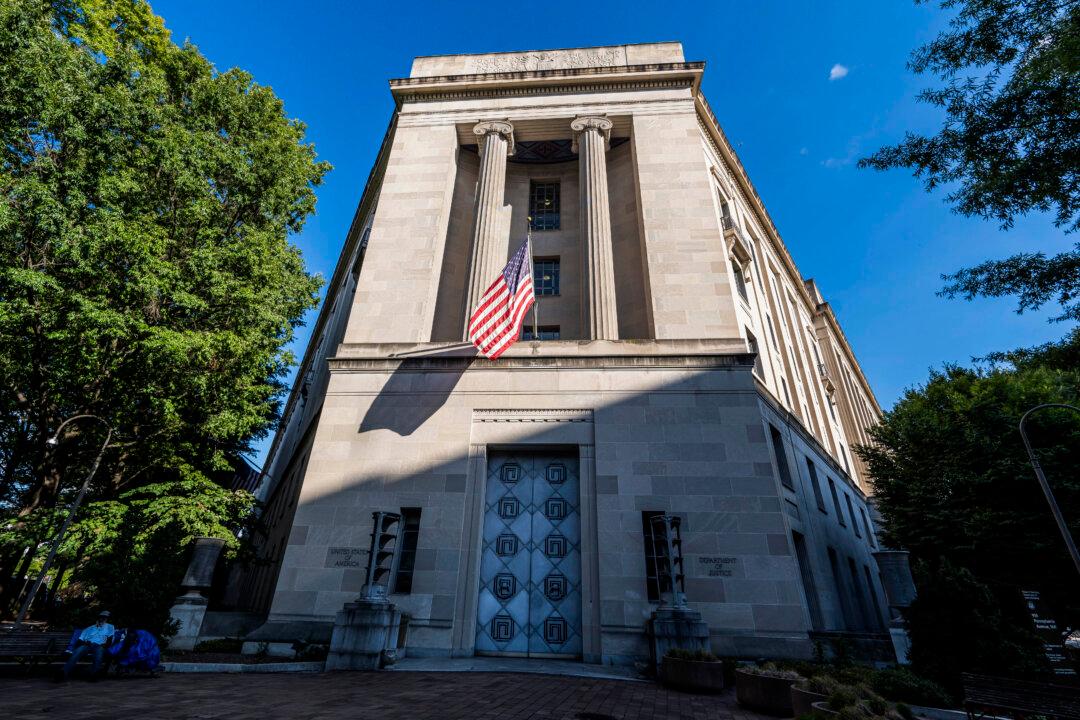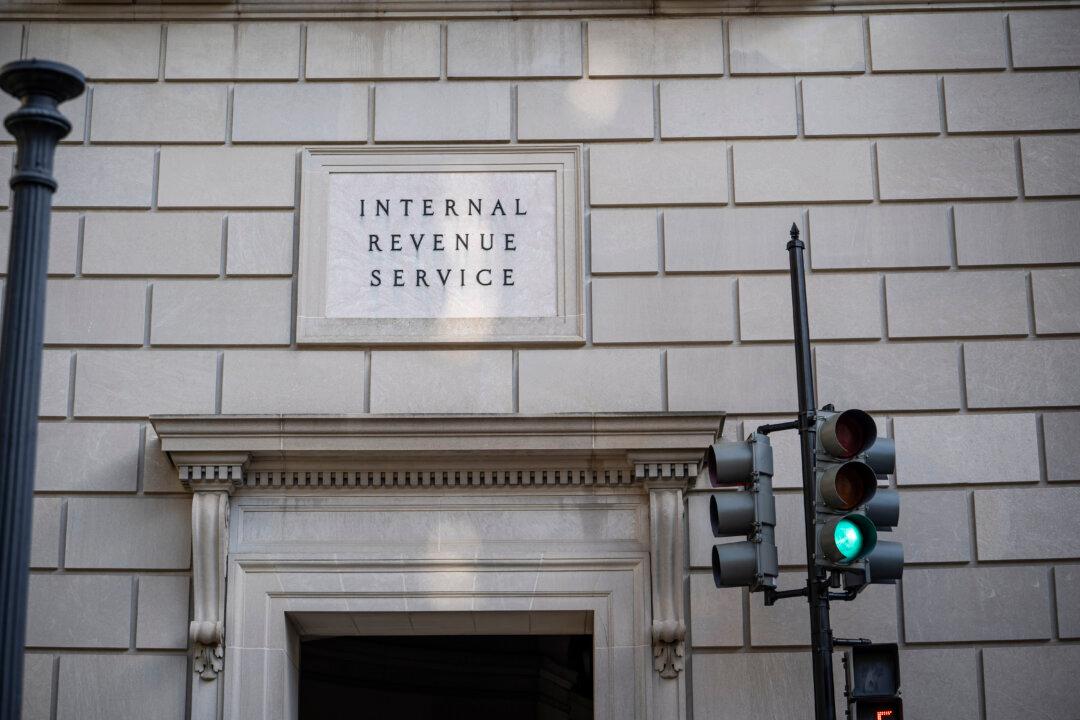Pentagon chief Lloyd Austin urged India to reconsider its potential purchase of a Russian missile system, hinting to the longtime U.S. ally that the move could trigger U.S. sanctions.
“We certainly urge all our allies and partners to move away from Russian equipment ... and really avoid any kind of acquisitions that would trigger sanctions on our behalf,” Austin said in New Delhi on March 20, responding to a question from a reporter about India’s plans to buy the Russian S-400 anti-aircraft weapon system.
The thorny issue of India’s planned purchase of the S-400 was widely expected to come up during Austin’s visit to India, where he met his Indian counterpart, Defence Minister Rajnath Singh.
The pair discussed ways to expand military engagement between their respective countries, underscoring the strengthening defense ties between the United States and India, which are both worried about China flexing its military muscle in the Indo-Pacific region.
Austin said that, while he and Sing discussed the missile defense system, they didn’t discuss potential sanctions.
“We are aware of the fact that they have expressed interest in acquiring the system,” Austin said, adding that they had not “acquired an S-400 system yet, so there would be no reason for sanctions to be on the table.”

The United States opposes India’s purchase of the S-400, with U.S. officials on the record as saying that the Russian system can be used to collect intelligence on American systems if both exist side by side in a given country’s arsenal.
The United States and India have steadily ramped up their military relationship in recent years and signed a string of defense deals and deepened military cooperation. In 2019, the two sides concluded defense deals worth over $3 billion. Bilateral defense trade increased from near zero in 2008 to $15 billion in 2019.
At the meeting between Austin and Singh, the two countries agreed to deepen defense cooperation, intelligence sharing, and logistics.
“India is an increasingly important partner in rapidly shifting international dynamics. I reaffirm our commitment to a comprehensive forward-looking defense partnership with India as a central pillar of our approach to the Indo-Pacific region,” Austin said.

The Pentagon chief’s visit to New Delhi is the first visit to India by a top member of President Joe Biden’s administration. It follows a meeting last week between leaders of Australia, India, Japan, and the United States, which together make up the four Indo-Pacific nations known as the Quad.
The Quad is seen as a counterweight to China, which critics say is flexing its military muscle in the South China Sea, East China Sea, and Taiwan Strait and along its northern border with India.
The U.S.–India security partnership enjoys strong bipartisan support in Washington, and it has grown significantly since the early 2000s even though trade agreements have been a sticking point. But in recent years, relations between the countries have been driven by a convergence of interests to counter China.
More recently, India drew closer to the United States following its months-long military standoff with China along its disputed border in eastern Ladakh, where deadly clashes erupted last year. Tensions between the nuclear-armed Asian giants have eased after the two countries pulled back troops from one area of contention.
The military tensions between the two neighbors at that time had stoked fears of a larger confrontation.





